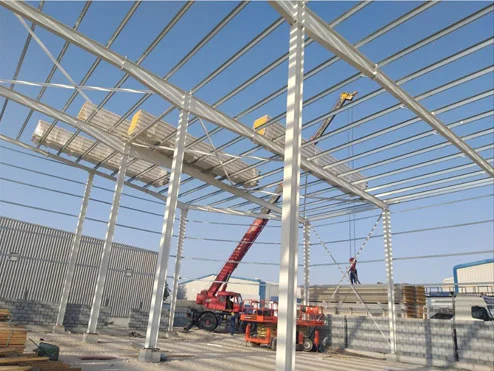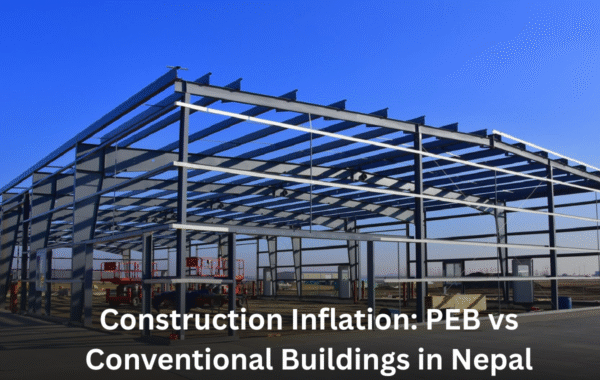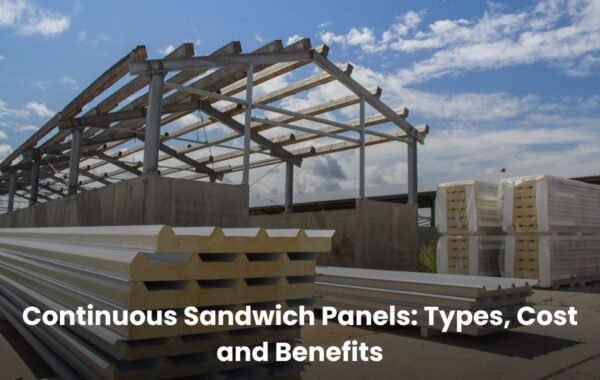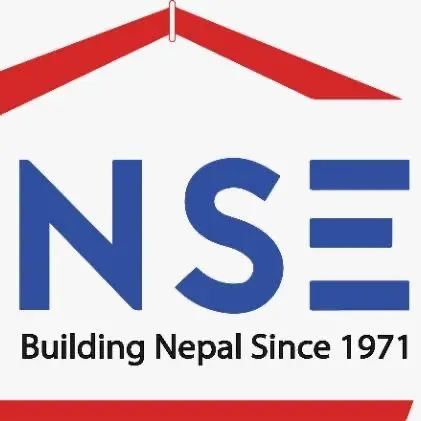
Applications of PEBs in Nepal: From Factories to Resorts
Nepal’s construction industry is experiencing a revolutionary wave, driven by the application of Pre-Engineered Buildings (PEB). With their elasticity, cost-effectiveness, and green credentials, PEBs are transforming how structures are built across diverse sectors, from bustling industrial parks to serene hill resorts in rural Nepal.
These eco-friendly, earthquake-resistant buildings are uniquely adaptable to Nepal’s environmental and seismic conditions, aligning with global sustainability goals like the UN Sustainable Development Goals (SDGs).
Why PEBs are Ideal for Nepal’s Construction Needs?
Pre-Engineered Buildings are factory-fabricated structures assembled on-site, offering unmatched speed, durability, and cost savings. In Nepal, where seismic risks, heavy monsoons, and diverse terrain pose challenges, the applications of PEB provides tailored solutions.
Their lightweight yet robust steel frameworks ensure earthquake resistance, while sustainable materials and energy-efficient designs support SDG 11 (Sustainable Cities and Communities) and SDG 12 (Responsible Consumption and Production).
By minimizing construction waste and energy use, PEBs are a cornerstone of green building solutions in Nepal.

Additionally, by reducing construction waste and saving energy, PEBs are the ultimate cornerstone of green building solutions for Nepal.
1. Industrial Applications: Factories and Warehouses
Nepal’s manufacturing industry is one of the major consumers of PEBs due to the vast space plans and rapid construction.
Factories: PEBs offer column-free space, which is ideal for placing large equipment for manufacturing units. For example, PEB factories have been built in Bharatpur’s industrial park with gigantic floor plans to place heavy machines to increase production at affordable prices.
Warehouses: While Nepal’s logistics industry expands, particularly within Kathmandu Valley, PEB warehouses provide quick-to-assemble, durable solutions. An example is a massive storage facility in Bhaktapur, constructed with insulated roofs that protect commodities from monsoon humidity and temperature fluctuations.
Additionally, they are seismically resistant and, as such, a requirement for seismically high-risk locations in Nepal to ensure safety and longevity.
They are also cost-effective, making them attractive for businesses growing operations at industrial estates or estates like Patan or Hetauda.
2. Commercial Facilities: Offices and Shopping Complexes
PEBs are revolutionizing the commercial landscape of Nepal by offering flexible, environmentally friendly solutions for office buildings and shopping complexes.
Shopping Malls: PEB’s modularity facilitates free-form design, enabling dynamic shopping spaces. To illustrate, a Pokhara mall uses PEBs with large glass facades and open spaces, which becomes a source of attraction for travelers and locals alike.
Office Spaces: Energy-efficient features like insulated walls and natural light via skylights reduce operating costs. In Lalitpur, modern office buildings constructed with PEBs include solar-compatible roof fittings, aligning with green business practices.
With the use of green building methods like low-energy materials and waste-reducing prefabrication, PEBs meet Nepal’s transition toward green commercial development, enabling businesses to focus on sustainability.
3. Recreational Facilities: Resorts and Sports Complexes
Nepal’s booming tourism sector benefits significantly from PEBs, offering rapid construction and eco-friendly designs for recreational facilities.
Resorts: PEB resorts in beautiful locations like Nagarkot or Chitwan are easily integrated into natural landscapes using sustainable resources like recyclable steel and effective insulation. Furthermore, the structures are built with speed to meet tourist demands without compromising on the environment.
Sports Complexes: PEBs provide the adaptability needed for big, open spaces like indoor stadiums. A sports complex in Biratnagar, for example, uses a PEB type of construction to build a multi-purpose arena for community events, with durable roofing to counter heavy rains.
In addition, these developments align with UN Sustainable Construction Targets by minimizing environmental impact and developing Nepal’s tourism-oriented economy with green infrastructure.
4. Agricultural Infrastructure: Storage and Processing Units
Agriculture, the pillar of Nepal’s economy, is being transformed by PEBs’ cost-effective and durable solutions.
Storage Units: PEBs find applications in grain and cold stores, offering corrosion-resistant structures to protect agricultural produce. In Terai, PEB storage units with ventilations guarantee crop preservation even during moist monsoons, reducing spoilage and costs.
Processing Units: The food processing facilities benefit from the PEBs’ ability to house heavy equipment. One of Butwal’s food processing units utilizes a PEB structure that features high ceilings and heavy-duty flooring, making it long-lasting as well as effective to work in.
Additionally, these solutions provide agribusinesses and farmers affordable, environmentally friendly facilities, increasing productivity with minimal environmental footprint.
5. Institutional Buildings: Schools and Hospitals
PEBs are increasingly becoming popular for institutional constructions in Nepal, where speed, safety, and sustainability become top priorities.
Schools: Fast construction timeframes make PEBs ideal for school campuses, especially in poor rural municipalities. For example, a school in Dhading has been built with PEBs, completed in a record time to provide safe, earthquake-resistant classrooms for the children.
Hospitals: Seismic resistance and hygienic layouts of PEBs make them ideal for health buildings. A community hospital in Nepalgunj has a PEB building with insulated walls for a clean environment and energy conservation.
These initiatives testify to PEBs’ potential for delivering basic services under compliance with green building standards, advancing Nepal’s social and environmental goals.
6. Community and Residential Buildings
Apart from industrial and institutional uses, PEBs are gaining traction in residential and community complexes.
Affordable Housing: In urban areas like Kathmandu, PEBs are utilized for affordable housing schemes with quick construction and seismic resistance.
Community Centers: PEBs provide for flexible rooms for community gatherings. A community center in Janakpur, built with a PEB building, has open floor spaces and durable roofing, serving as a hub for community activities.
Furthermore, such applications highlight the versatility of PEBs in providing Nepal’s housing and community needs sustainably.
Benefits of Using PEBs in Nepal
- Cost-Effectiveness: Prefabrication reduces labor and material cost, making PEBs 30% cheaper than traditional construction.
- Speed: Construction is done within weeks, not months, as seen with rapid warehouse development in Bhaktapur.
- Sustainability: Recyclable material and energy-efficient structures reduce environmental impact, aligned with global green building practices.
- Seismic Resilience: Built for Nepal’s seismically active regions, PEBs are safe and resilient.
- Customizability: Modular building allows for customized solutions for factories, resorts, or schools.
Conclusion
Pre-Engineered Buildings are revolutionizing Nepal’s building industry, offering durable, cost-saving, and eco-friendly solutions for industry, commercial buildings, tourism, agriculture, and institutional construction.
From earthquake-resistance warehouses in Bhaktapur to eco-friendly resorts in Chitwan, PEBs meet diverse needs while supporting Nepal’s sustainable construction initiatives.
With the growing need for green building solutions, PEBs can build a future-proof, green Nepal.
So, Are you ready to start your PEB project? Explore green building options with an established provider and build facilities that are affordable, durable, and green.
Read more: Ultimate checklist for Choosing the Right PEB in Nepal



